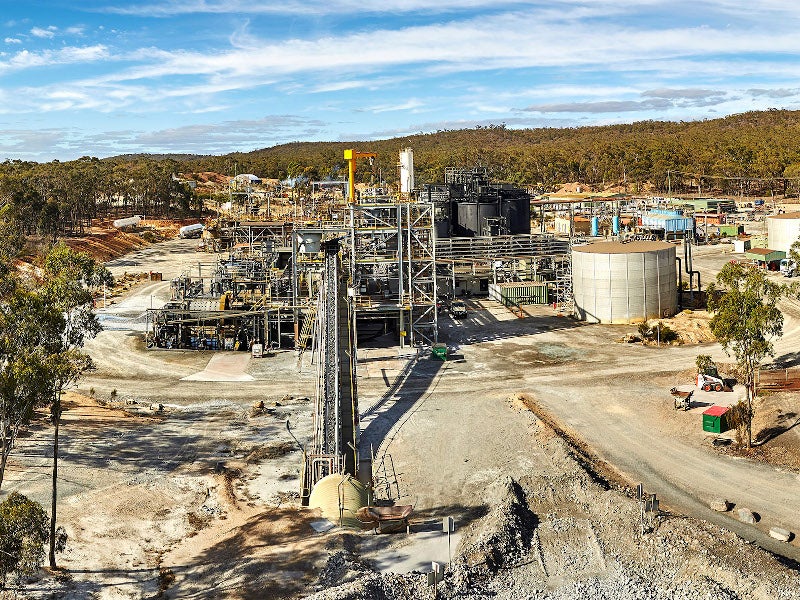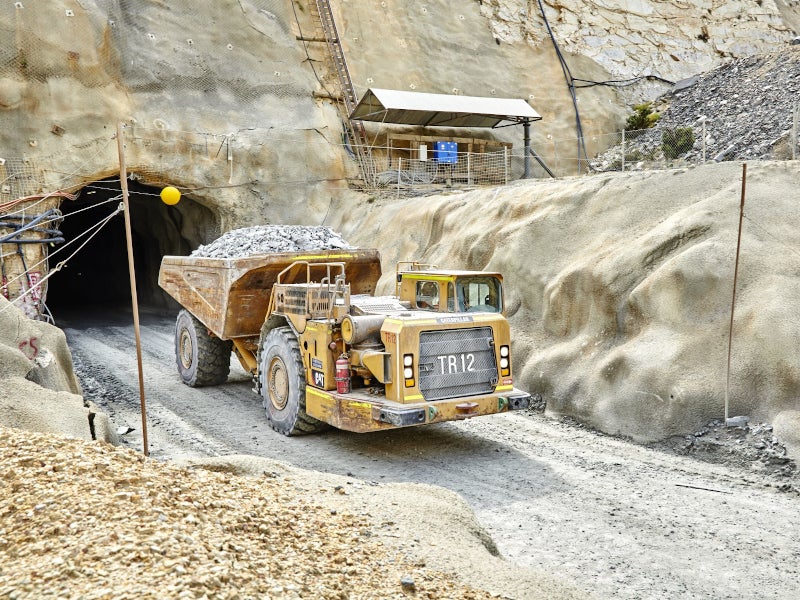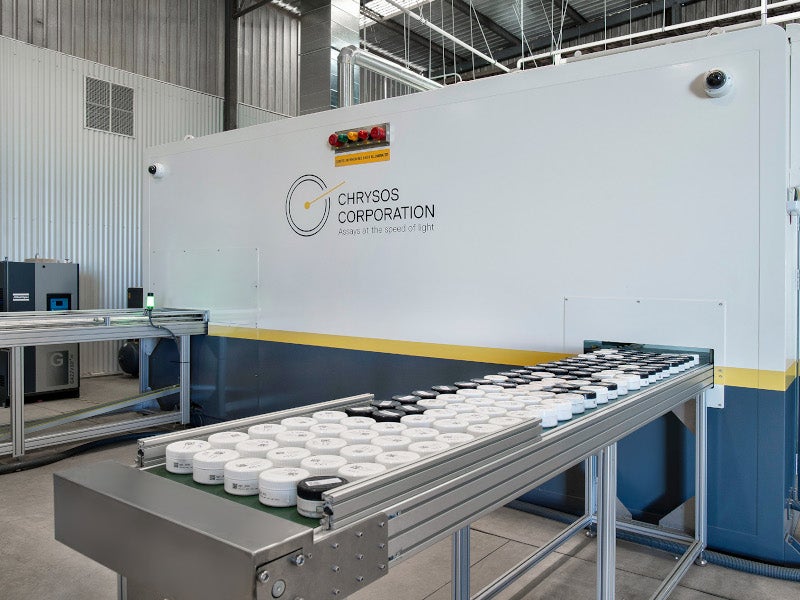The Fosterville mine is a high-grade, low-cost underground gold mine located in Victoria, Australia.
It is 100% owned by Canadian gold mining company Kirkland Lake Gold. The mine was acquired following the company’s takeover of Australian miner Newmarket Gold in 2016.
Historical gold production in the Fosterville area was carried out between 1894 and 1903.
A feasibility study into a sulphide mining operation was completed in 2003, while open-pit operations began in 2004. The mine achieved commercial production in 2005 and began underground development in 2006.
Fosterville has an anticipated mine life of six years, based on the December 2018 mineral reserves update.
The mine poured 1Moz of gold by 2016 and achieved a total production of 1.77 million ounces (Moz) in 2018 and 619,366oz in 2019.
Fosterville mine location
The Fosterville gold mine is located approximately 20km away from Bendigo and 130km from Melbourne, Victoria, Australia.
The mine and associated infrastructure are located on mining licence 5404. The mining area is accessible by paved roads.
Geology and mineralisation
The mine is located within the Bendigo Structural Zone in the Lachlan Fold Belt. The gold deposit is situated in an interbedded turbidite series of shales, sandstones, and siltstones.
The stratigraphic sequence is wrapped into a set of upright chevron, intermittent open style folds. Vertical axial planar and radial cleavages were formed during folding.
The mineralisation is governed by late brittle faulting of steeply west-dipping reverse faults with a sequence of slightly west-dipping reverse splay faults present in the footwall of the main fault.
Primary gold is present as visible gold in the form of disseminated fine specks within host-quartz veins. The presence of visible gold becomes increasingly notable at greater depth with increasing frequency at depths below 800m.
Fosterville mine reserves
The mine is estimated to contain 3Mt of reserves containing 2.1Moz of gold graded at 21.8g/t of Au as of December 2019.
The measured and indicated resources are estimated to be 12.3Mt grading 5.3g/t of Au.
Mining at Fosterville
Mining operations at the site are currently focused on the Central, Harrier, and Phoenix underground ore zones. Ore is extracted using open stoping techniques and cemented rock fill is applied where practical.
The mining method within the open stoping regime was chosen based on past experience at the mine and the expected ore zone geometry and geotechnical conditions.
Underground mining employs jumbos, loaders, production drills, trucks and ancillary equipment while open-cut mining is performed using a conventional fleet of excavators and trucks. The underground workings can be accessed via two portals in the Ellesmere and Falcon open pits, along with connected declines.
The current life of mine (LoM) plan contains ore sourced only from underground operations.
The Ellesmere, Falcon, Harrier, Kink, Phoenix, Raven, Robin, and Vulture ore bodies have undergone development and stoping, and works are planned to continue in the Phoenix, Central and Harrier ore bodies.
Processing at Fosterville mine
The processing plant includes crushing, grinding, flotation, bacterial oxidation, and carbon-in-leach (CIL) circuits.
The nominal capacity of the process plant is 2,275 tonnes per day (tpd). Its sulphide treatment plant is amongst leading BIOX systems in the world.
The run of mine (ROM) ore is reclaimed from stockpiles and fed to a bin and blended. It is then fed to a jaw crusher and the crushed ore is sent to an open stockpile. The crushed ore is fed to a conveyor feeding the SAG mill, where the ore is ground in closed circuit with hydrocyclones.
The hydrocyclone overflow from the SAG mill gravitates to the flotation circuit comprising a rougher-scavenger cleaner circuit. The flotation residue gravitates to a tailings hopper and is combined with products from neutralisation of the BIOX® liquor. The combined product is sent to the flotation residue storage facility.
The bio-oxidation circuit comprising BIOX® reactors oxidises the flotation concentrate. A three-stage counter current decantation (CCD) circuit then separates the oxidised solid residue from the solubilised acid oxidation products.
The CIL circuit includes a pH adjustment tank at the head of the circuit. It leaches the gold from oxidised material and loads the cyanide soluble gold onto activated carbon. The heated leach (HL) circuit prevents preg-robbing capabilities of the non-carbonaceous carbon in the Fosterville orebody. The Zadra elution circuit removes gold from carbon during the elution and gold electro-winning process. The final stages of processing involve electro-winning recovery and smelting to doré.
Contractors involved
AMC prepared the feasibility study for the project while Perseverance prepared a feasibility study into a sulphide mining operation.
Chrysos supplied its PhotonAssay solution for enhanced gold analysis at the mine.






